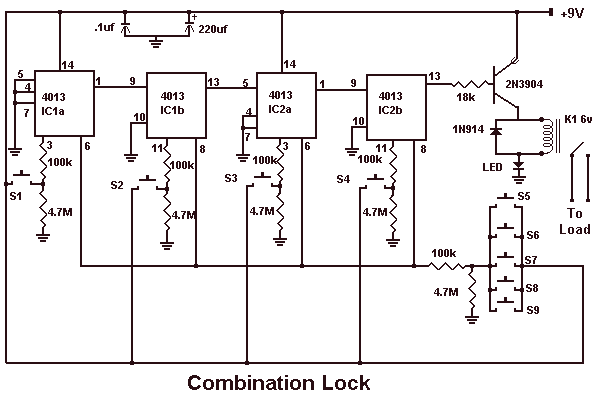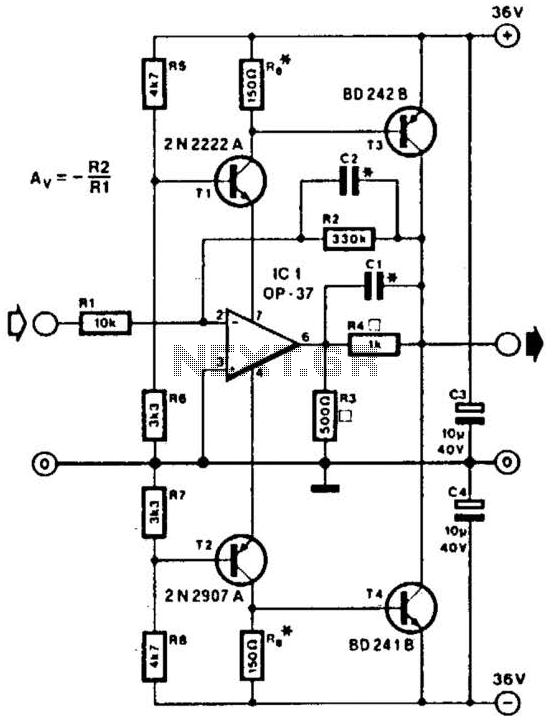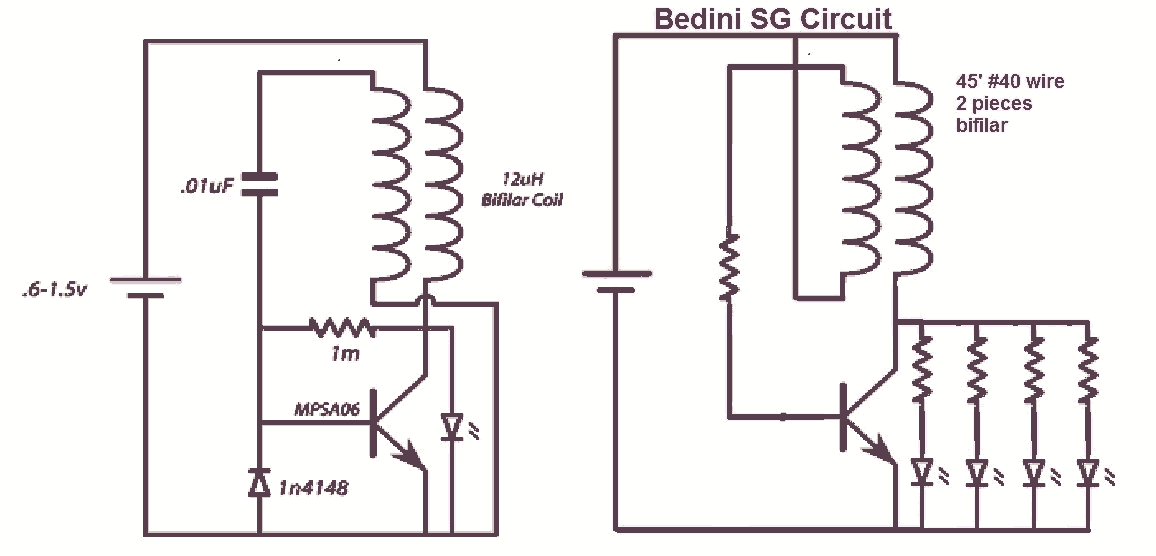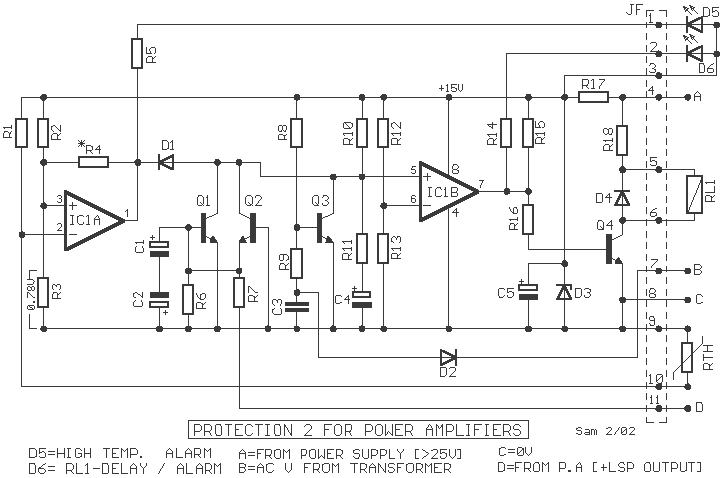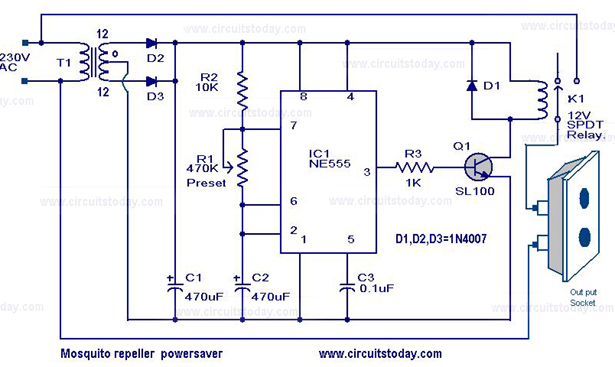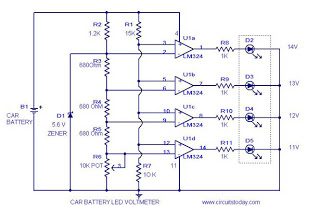
XTR112 114 thermocouple measuring circuit diagram of a loop

The OPA277 is configured as an inverting amplifier. This inverting amplifier utilizes high input impedance characteristics to minimize loop thermocouple offset drift. A 50-ohm potentiometer is included for calibration, allowing for the adjustment of the inverting input of the amplifier bias. This setup ensures that a J-type thermocouple operates within the designated temperature range, corresponding to an output current of 4 to 20 mA.
The OPA277 operational amplifier is designed for precision applications, featuring low offset voltage and drift, making it ideal for use in thermocouple signal conditioning. The inverting amplifier configuration allows the circuit to effectively process signals from a J-type thermocouple, which is commonly used in temperature measurement due to its wide operating range and good accuracy.
In this circuit, the high input impedance of the OPA277 minimizes the loading effect on the thermocouple, ensuring that the temperature readings remain accurate. The inclusion of a 50-ohm potentiometer enables fine-tuning of the amplifier's biasing conditions, which is crucial for calibrating the output current to match the specific characteristics of the thermocouple being used. The output current range of 4 to 20 mA is a standard for many industrial applications, facilitating easy integration with control systems and data acquisition devices.
The circuit design should also account for any potential noise and interference, which can affect the accuracy of the temperature readings. Proper layout techniques, such as minimizing loop areas and using twisted pair wiring for the thermocouple connections, can help mitigate these issues. Additionally, the power supply for the OPA277 should be stable and free from fluctuations to maintain the precision of the output signal.
Overall, this inverting amplifier configuration with the OPA277 provides a reliable solution for converting thermocouple signals into a standardized current output, suitable for various monitoring and control applications in industrial environments. As shown, the OPA277 constitute inverting amplifier, inverting amplifier use high input impedance characteristics can be reduced and the loop thermocouple offset drift. 50 pote ntiometer for calibration, adjustable-inverting input of the amplifier bias so that J-type thermocouple in the operating temperature range corresponding to the output current 4 ~ 20mA.
The OPA277 operational amplifier is designed for precision applications, featuring low offset voltage and drift, making it ideal for use in thermocouple signal conditioning. The inverting amplifier configuration allows the circuit to effectively process signals from a J-type thermocouple, which is commonly used in temperature measurement due to its wide operating range and good accuracy.
In this circuit, the high input impedance of the OPA277 minimizes the loading effect on the thermocouple, ensuring that the temperature readings remain accurate. The inclusion of a 50-ohm potentiometer enables fine-tuning of the amplifier's biasing conditions, which is crucial for calibrating the output current to match the specific characteristics of the thermocouple being used. The output current range of 4 to 20 mA is a standard for many industrial applications, facilitating easy integration with control systems and data acquisition devices.
The circuit design should also account for any potential noise and interference, which can affect the accuracy of the temperature readings. Proper layout techniques, such as minimizing loop areas and using twisted pair wiring for the thermocouple connections, can help mitigate these issues. Additionally, the power supply for the OPA277 should be stable and free from fluctuations to maintain the precision of the output signal.
Overall, this inverting amplifier configuration with the OPA277 provides a reliable solution for converting thermocouple signals into a standardized current output, suitable for various monitoring and control applications in industrial environments. As shown, the OPA277 constitute inverting amplifier, inverting amplifier use high input impedance characteristics can be reduced and the loop thermocouple offset drift. 50 pote ntiometer for calibration, adjustable-inverting input of the amplifier bias so that J-type thermocouple in the operating temperature range corresponding to the output current 4 ~ 20mA.
